Introduction
Have you ever wondered, “How can I meditate at home?” Meditation doesn’t require a fancy retreat or a studio filled with incense. You may find zen in your living room! Meditating at home can be transformative, whether you are new to meditation or want to establish a steady practice. Let’s explore five simple tips to make your home meditation practice easy, effective, and enjoyable. Meditation can initially seem overwhelming, but starting small and keeping it simple is the best way to ease into this transformative practice. If you’re new to meditation and wondering how to do meditation for beginners, here are six straightforward tips to help you get started.
Setting Up a How can I meditate at Home Space
Choosing the Right Spot
First things first, pick a spot in your home that feels peaceful. It doesn’t have to be elaborate—just a quiet corner where you won’t be interrupted. A clutter-free space can help create a serene vibe.
Adding Comfort and Personal Touch
Add a few cosy elements like cushions or a yoga mat. A candle, a plant, or a tiny figurine can help make the place feel more personal. The goal? To create a sanctuary that invites you to sit and breathe.
Start Small: Time and Commitment
How Long Should You Meditate?
For beginners, start with just 5 minutes. It’s about quality, not quantity. Gradually, you can increase it to 10 or 20 minutes as it becomes a habit.
Building a Routine
Consistency is key. Pick a time—morning or evening works best—and stick to it. Treat meditation like brushing your teeth: a non-negotiable part of your day.
Guided vs. Unguided Meditation
Benefits of Guided Meditation
Guided meditation can be a lifesaver for beginners. Apps like Calm or Headspace offer step-by-step instructions to keep you on track.
Exploring Unguided Practice
Once you’re comfortable, try meditating without guidance. Concentrate on your breathing, a mantra, or notice your thoughts.
Managing Distractions
Minimizing External Noise
Turn off your phone, close the door, and tell your family you need quiet time. Noise-cancelling headphones can also be helpful.
Mental Strategies to Stay Focused
Distractions will happen, but don’t fight them. Gently guide your attention back to your breath. Think of it as training a puppy—patience is key.
Experimenting with Meditation Styles
Mindfulness Meditation
Mindfulness is about being present in the moment. Focus on your breath, sensations, or the sounds around you.
Body Scan Technique
Concentrate on your breathing, a mantra, or simply notice your thoughts. It’s a great way to release tension.
Using Apps and Online Resources
Top Meditation Apps
Apps like Insight Timer, Calm, and Headspace are beginner-friendly and packed with guided sessions.
Free Resources for Beginners
YouTube channels and podcasts also offer free meditation guides. Explore until you find a voice and style you like.
Breathing Techniques for Beginners
The Power of Deep Breathing
Deep breathing is the foundation of meditation. Inhale for four counts, hold for four and exhale for six. This simple rhythm calms your nervous system instantly.
Box Breathing Method
Box breathing involves equal counts for each phase of the breath. Inhale, hold, exhale, hold—all for four counts. It’s a fantastic technique to centre yourself.
Overcoming Challenges
Battling Restlessness
Restless thoughts? It’s normal! Acknowledge them and return your attention to your breath.
Dealing with Negative Thoughts
How to meditation at home isn’t about avoiding thoughts. Instead, view them objectively and let them pass like clouds in the sky.
Incorporating Meditation into Daily Life
Meditation During Daily Activities
Who says you need to sit still? Practice mindfulness while washing dishes or walking.
Morning and Evening Rituals
Start your day with a 5-minute meditation or wind down at night with a calming session.
The Role of Posture in Meditation
Finding the Right Position
Sit upright but relaxed. A straight spine helps energy flow, but comfort is key—use cushions if needed.
Avoiding Common Posture Mistakes
Don’t slump or strain. Your posture should feel natural, not forced.
Tracking Your Progress
Journaling Your Meditation Journey
Write down how you feel after each session. Over time, you’ll notice patterns and progress.
Using Progress-Tracking Tools
Apps frequently contain capabilities for tracking streaks and milestones, which might encourage you to keep going.
Health Benefits of Meditation
Stress Reduction
Meditation helps lower cortisol levels, reducing stress and anxiety.
Improved Focus and Emotional Balance
Regular practice enhances focus, creativity, and emotional well-being.
Incorporating Meditation with Yoga
Combining Movement with Stillness
Yoga and meditation complement each other perfectly. A yoga session can prepare your body for stillness.
Best Yoga Poses for Meditation
Try seated poses like Sukhasana (Easy Pose) or Padmasana (Lotus Pose) for meditation.
Meditation for the Whole Family
Introducing Meditation to Kids
Kids can benefit, too! Start with short, guided meditations tailored to their age.
Family-Friendly Meditation Activities
Try group breathing exercises or guided visualizations during family time.
Conclusion
How can I meditate at home? Meditating at home doesn’t have to be complicated. You can develop a rewarding practice that integrates easily into your life with the proper setup, consistency, and patience. Start small, experiment with styles, and enjoy the journey. Your mind and body will thank you.
FAQs
1. What is the best time to meditate at home?
Morning and evening are ideal, but the best time is whenever you can consistently practice.
2. Can beginners meditate without guidance?
Yes! While guided sessions help initially, unguided meditation is excellent for deeper focus.
3. How can I deal with distractions at home?
Minimize noise, let others know your schedule, and gently refocus if your mind wanders.
4. Is it okay to meditate lying down?
Absolutely! Just ensure you’re not too comfortable to avoid falling asleep.
5. How soon will I see the benefits of meditation?
Many feel calmer after the first session, but noticeable benefits often appear after a few weeks of consistent practice.

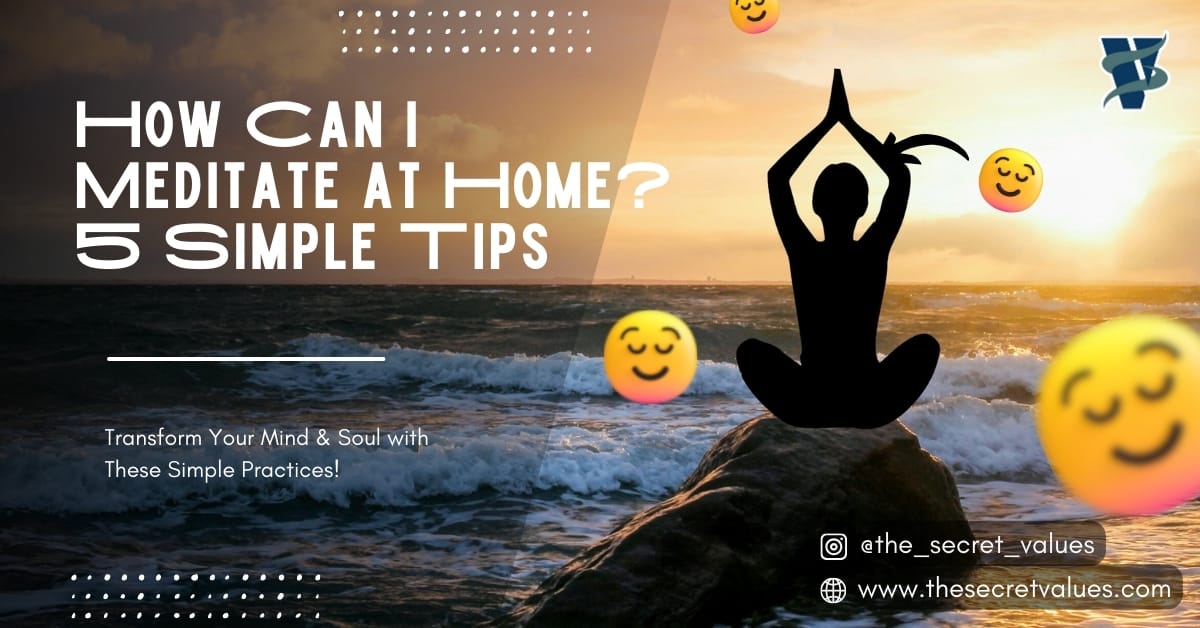

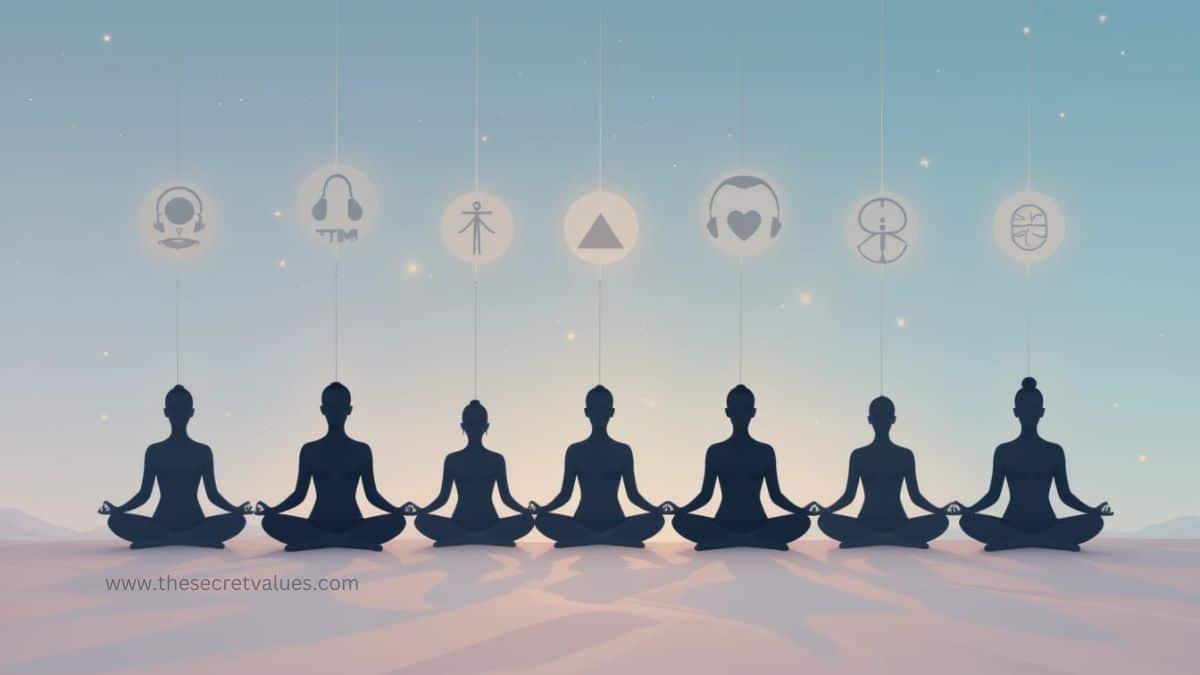
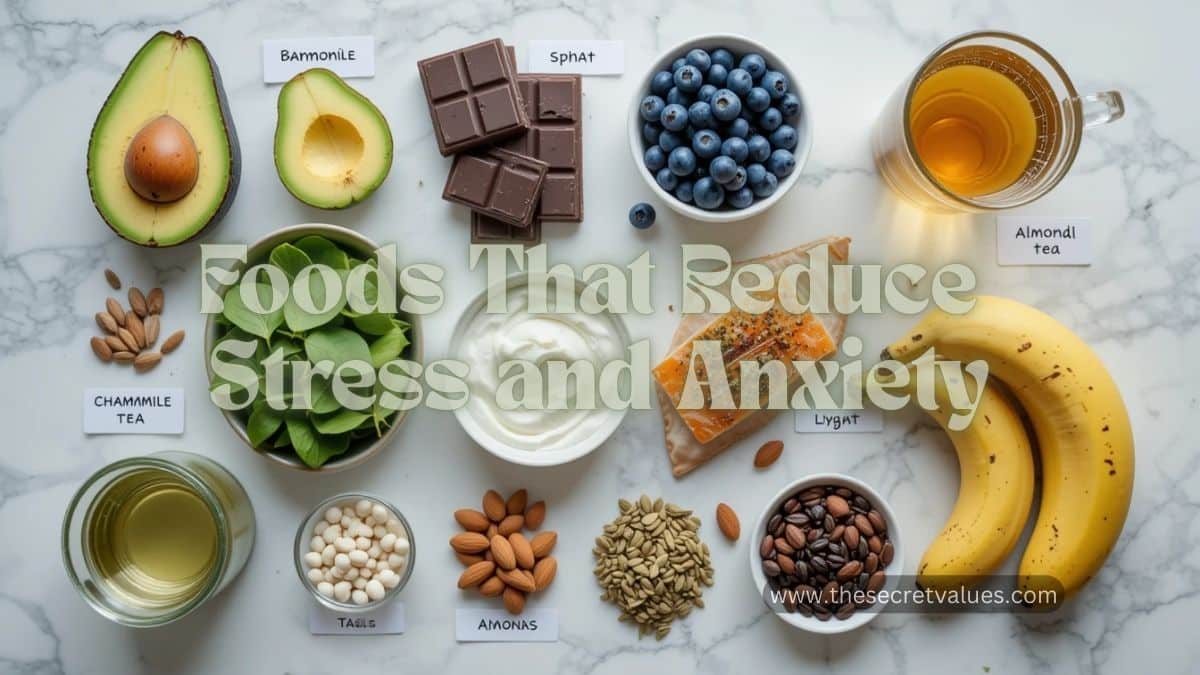
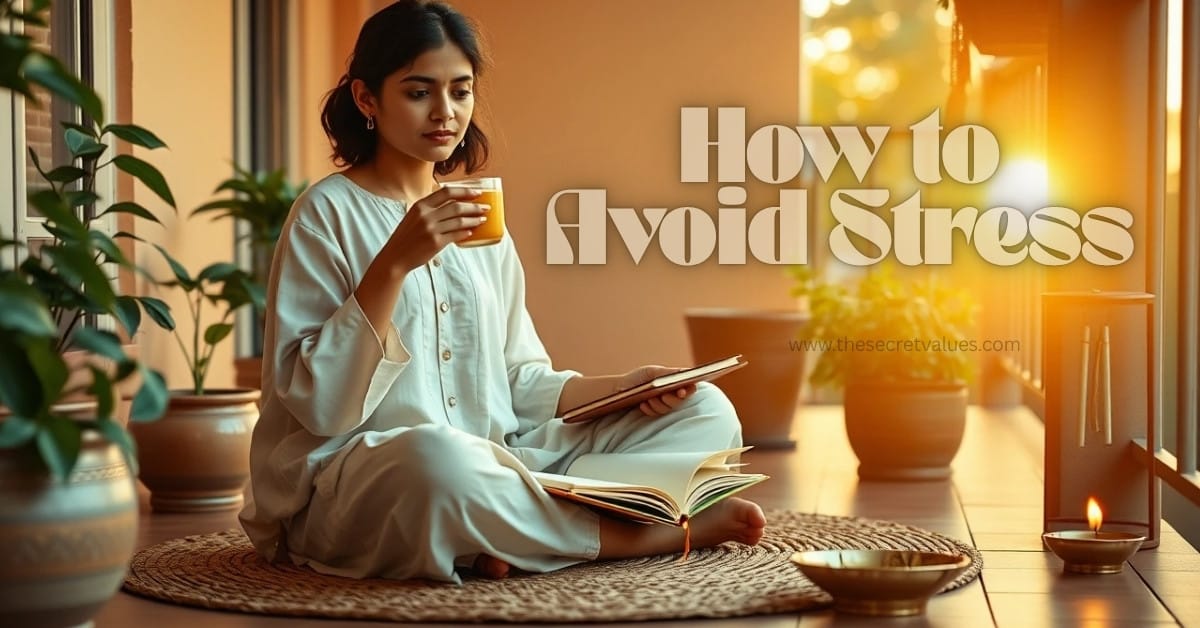
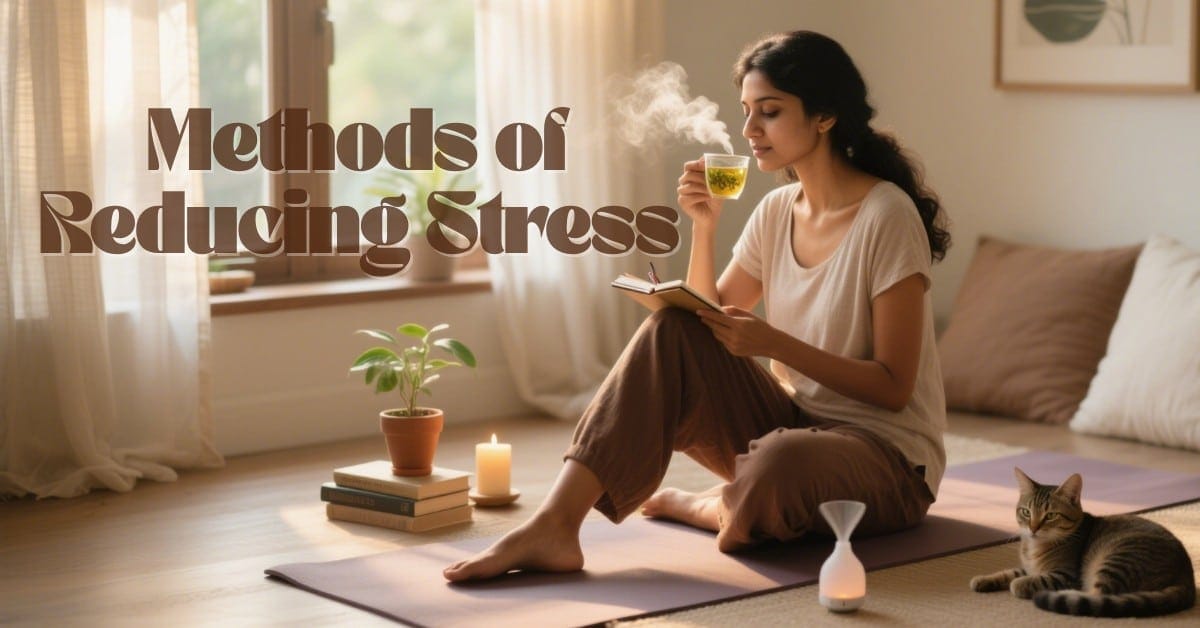

5 thoughts on “How Can I Meditate at Home? 5 Simple Tips”